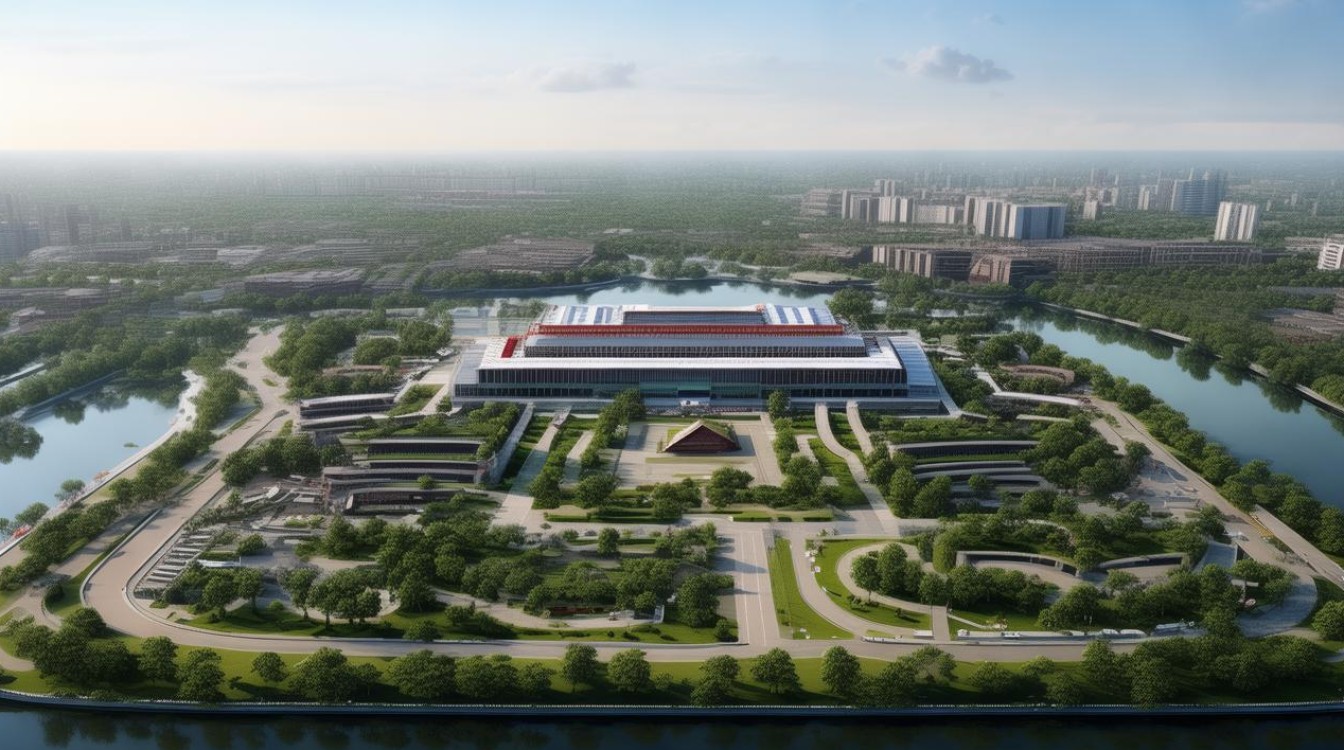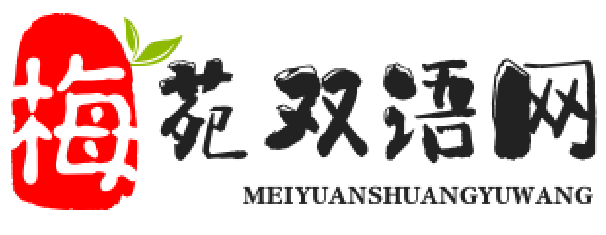苏州中心作为城市地标,不仅是商业与文化的交汇点,更是观察现代都市发展的窗口,如何将这样的主题转化为一篇优秀的英语作文?关键在于掌握结构化表达与精准用词,以下从写作技巧与语言应用两个维度,提供可操作的方法。

构建清晰的逻辑框架
英语作文强调逻辑递进,建议采用"金字塔结构":
-
主题句先行
开篇直接点明核心观点,
"Suzhou Center exemplifies how traditional aesthetics merge with modern architecture, creating a landmark that transcends its commercial function."
避免模糊表述,用"exemplifies"替代"shows","transcends"替代"goes beyond"体现词汇深度。 -
分层展开论证
每个段落聚焦一个分论点,使用过渡词强化衔接:
- 空间维度:"Architecturally, the twisting ribbon-like facade..." → "Functionally, the complex integrates..."
- 时间维度:"Historically rooted in Suzhou's garden culture..." → "Contemporarily, it drives urban renewal..."
- 数据增强可信度
引用具体数字提升说服力:
"With 300,000 sqm retail space and 5,000 daily visitors, it ranks among Jiangsu's top 3 commercial hubs." 确保数据来源可靠,如政府公报或权威媒体报道。
提升语言表现力
避免中式英语,掌握三种进阶技巧:
- 动态动词替代静态表达
- 弱表达:"There are many shops in Suzhou Center."
- 优化版:"Boutiques and flagship stores cluster across its six retail levels."
使用"cluster"描绘空间密度,"flagship"暗示商业层级。
- 文化概念精准转译
处理中国特色词汇时:
- 直译+注释:"The 'double-pearl' rooftop design (a nod to Suzhou's pearl-lake legacy)..."
- 意译:将"园林意境"译为"the garden-inspired spatial poetry"
- 句式多样性控制
混合使用复杂句与短句制造节奏:
"While steel-and-glass towers dominate the skyline, the center's courtyard pockets preserve intimacy. These oases work." 短句收尾强化记忆点。
避免常见误区
-
文化负载词过度解释
错误示例:"Suzhou Center is like a big shopping mall where people buy things and take photos."
优化方向:"As a lifestyle destination, it redefines urban consumption through experiential retail." -
时态混乱
描述建筑特征用一般现在时,历史背景用过去时:
"Completed in 2017, the center now hosts 20+ international exhibitions annually." -
被动语态滥用
主动语态更显简洁:
- 被动:"The design was inspired by flowing water."
- 主动:"Water motifs inspire the undulating facade."
实战段落示范
结合上述技巧的完整段落:
"At the heart of Jinji Lake, Suzhou Center's crystalline silhouette mirrors the city's dual identity. Its 450-meter skybridge—the longest in Asia—symbolizes connection, while subterranean canals echo ancient watertown planning. Tourists marvel at the LED-embedded ceiling simulating seasons; urban planners study its transit-oriented design. More than a mall, it's a living blueprint for 21st-century Chinese urbanism."
- 用词分析:
"crystalline silhouette"(晶体轮廓)替代普通词"glass shape"
"subterranean canals"(地下河道)准确描述建筑特色
"living blueprint"(活的蓝图)制造隐喻
写作的本质是思维的显性化,描述苏州中心这类复合型主题时,需跳出单纯景物描写,将其作为观察城市发展的媒介,读者真正需要的不是事实罗列,而是通过作者的视角获得认知增量——这正是高分作文的核心差异。











